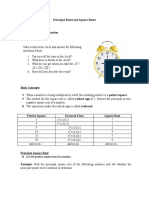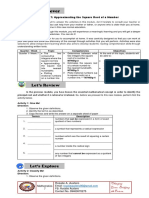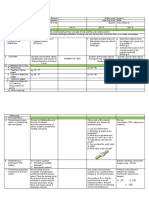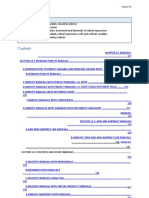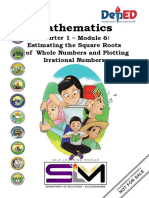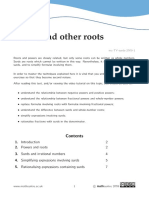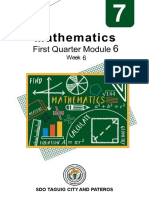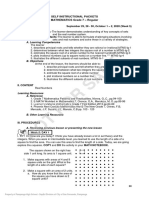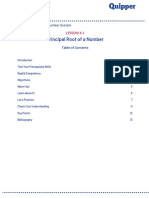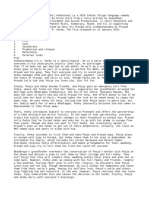0% found this document useful (0 votes)
35 views4 pagesSB Pages 49-52 (Answers)
The document explains the concept of square roots, distinguishing between rational and irrational numbers, and provides methods for estimating square roots without a calculator. It includes historical context, exploration exercises for estimating and comparing square roots, and basic rules of radicals. The document also emphasizes the importance of understanding these concepts in mathematics.
Uploaded by
elochessmaster2000Copyright
© © All Rights Reserved
We take content rights seriously. If you suspect this is your content, claim it here.
Available Formats
Download as PDF, TXT or read online on Scribd
0% found this document useful (0 votes)
35 views4 pagesSB Pages 49-52 (Answers)
The document explains the concept of square roots, distinguishing between rational and irrational numbers, and provides methods for estimating square roots without a calculator. It includes historical context, exploration exercises for estimating and comparing square roots, and basic rules of radicals. The document also emphasizes the importance of understanding these concepts in mathematics.
Uploaded by
elochessmaster2000Copyright
© © All Rights Reserved
We take content rights seriously. If you suspect this is your content, claim it here.
Available Formats
Download as PDF, TXT or read online on Scribd
/ 4



















